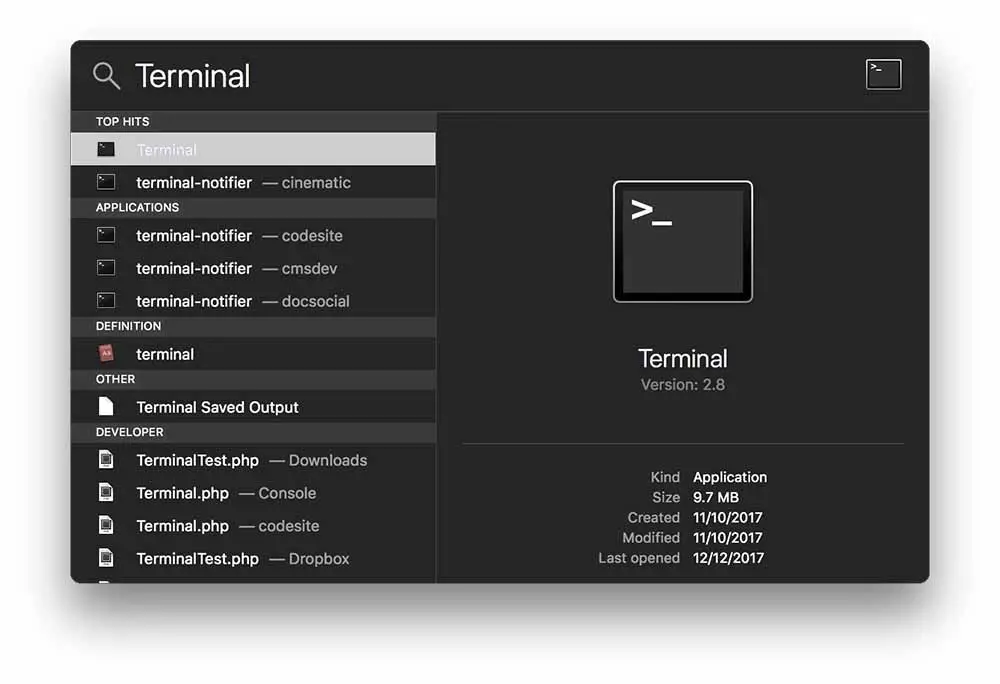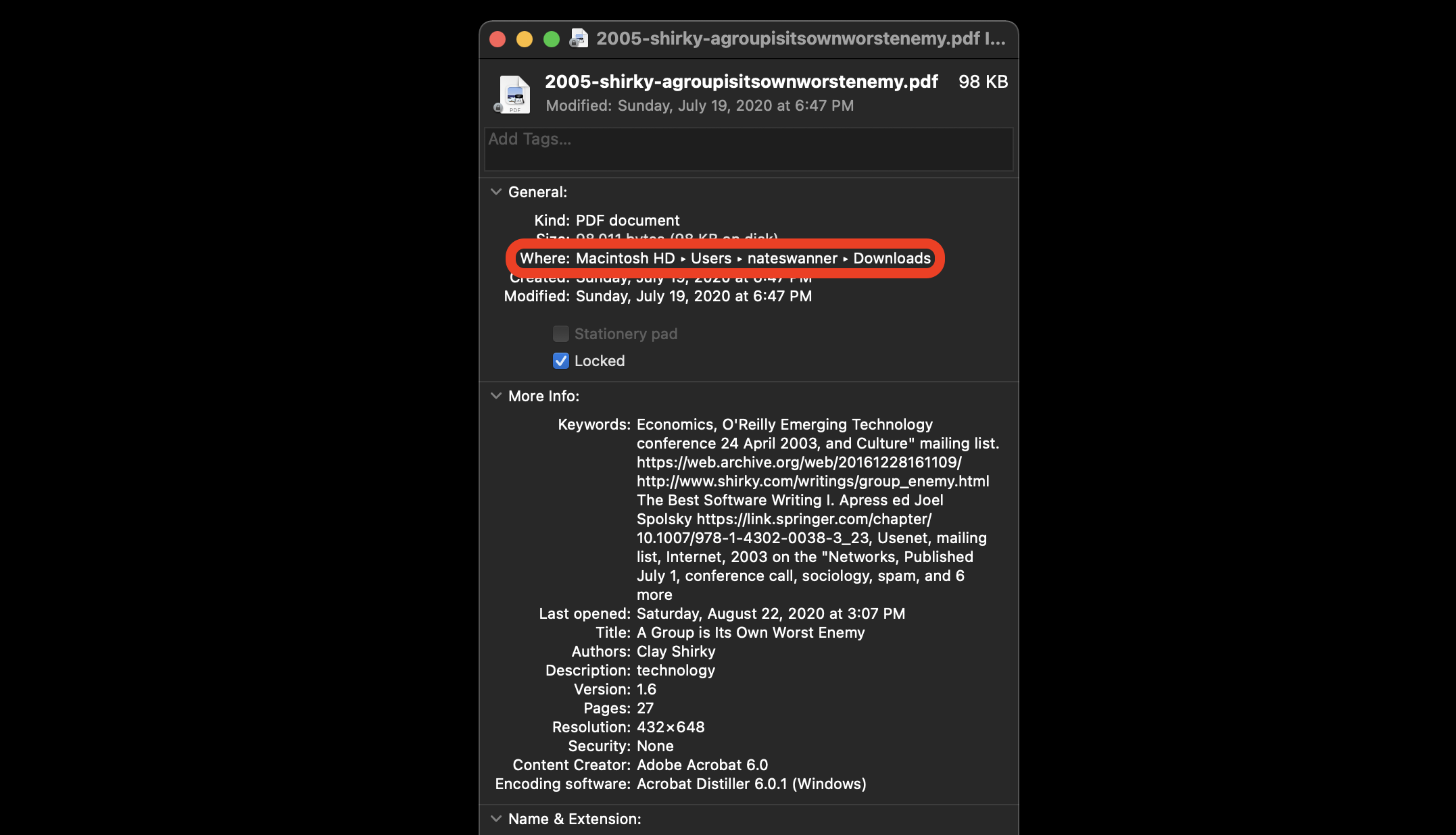

- Look for a file in mac terminal how to#
- Look for a file in mac terminal mac os x#
- Look for a file in mac terminal password#
In the meantime, on the development computer, the specific URL that you modified in the HOSTS file woulud be used for development.

So, yes, the IP for the OLD site would not be changed until you change the DNS. It basically allows them to setup a particular domain name and use it on a computer for development without having to change the existing URL while it that location is being developed. This is a procedure used by many developers. For example, if you added to your HOSTS file and assigned to the IP address, then when you typed in that URL in your computer it would go to that IP address and only that IP addres per your hosts file change. When you make a change and assign to the IP address, then whatever URL that you have placed in your HOSTS file will be used when you try to view that particular URL. I think that you’re confused about how a hosts file change works. I’m not quite sure what you’re trying do. THERE SHOULD BE a very trivial way to get around this.Īnd I therefore ask – HOW can this be done? Surely thetre is a way… DHCP ID can handle this b ut it becomes VERY cumbersome.

Perhaps using an USB hub or Tunderbolt dock, sometimes, and these are then other interfaces.

However, a computer may well have several ways of connecting to whatever LAN in question. Or must one go deep here, into routes etc or even fiddle with the DHCP server to ensure a static LAN address or whatnot is assigned whereby the problem obviously disappears. The hostfile – is it capable of that IN FACT? THE QUESTION IS HOWEVER if there is some easy way of FORCING such hardware adresses to cause resolution of FQDN, hostnames such as indeed id.local in OTHER contexts than eg macOS or Homebrew SSH which accidentally does support Bonjour but connects, as environment on the remote host shows (the MAC addresses, I think?, of the Mac that makes the connection, the environment shown is for the host one connects to, whereby such variables are set, but not with IP for Bonjour, but for hardware addresses).īasically, it would be suoerb, especially in combination with DHCP, to have a lightwegith way of resolving hardware addresses to IP addresses and also FQDN. We can also run various DNS servers, bind and whatnot. 10.10.10.10 or 192.158.255.1 or whatever your local network or even WAN is using. In the host file we can obviously deal with higher-level of TCP/IP. MAC here of course does not at all refer to Mac as in Apple etc, but to networking since the 60ies or so, an acronoymfor Machine Address C…? etc. Q: is it possible to somehow bind fa20::907:1051:3cc9:0a33 or other, presumably so-called MAC-axresses aka hardware addresees per interface. However, with “ssh CHOSENBONJOURNAME.local” working too, I am ASKING A QUESTION here which seems beyond trivial Google search research.
Look for a file in mac terminal mac os x#
So, with ping CHOSENBONJOURNAME.local specifically on Mac OS X and macOS we can fetch the IP address. (in the environment, using eg “env | grep SSH” on macOS High Sierra, and surely many other platforms for that matter, incl beyond BSD, Darwin, macOS etc ALTHOUGH the Bonjour serviices maybe are not available? On QNAP NAS, for example it is though, under the name avahi, if my memory serves…) Is it possible to use the address given from eg
Look for a file in mac terminal password#
Look for a file in mac terminal how to#
If you are using Windows, please refer to our guide on how to Modify Your Hosts File Using Windows. NOTE: The following guide is intended to assist if you are using a Mac OS X computer.


 0 kommentar(er)
0 kommentar(er)
